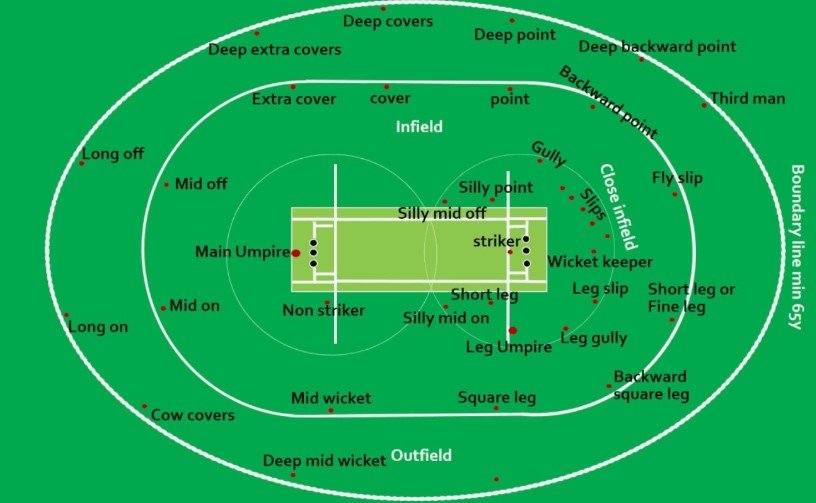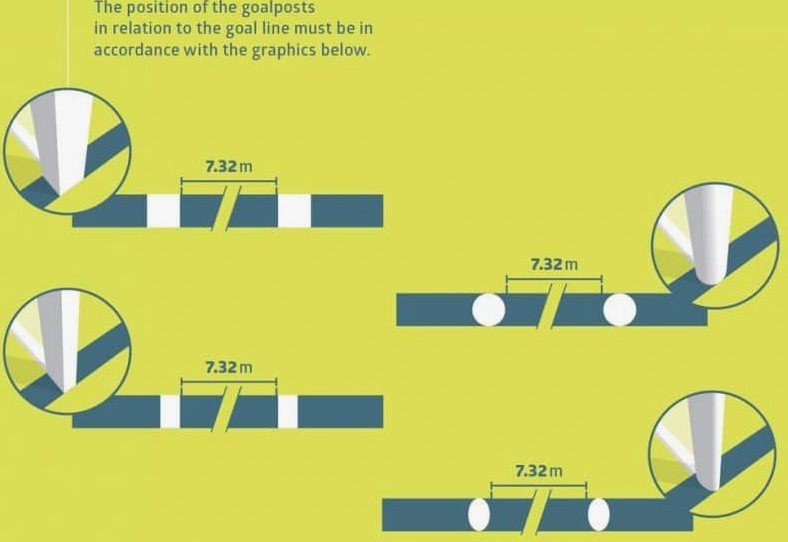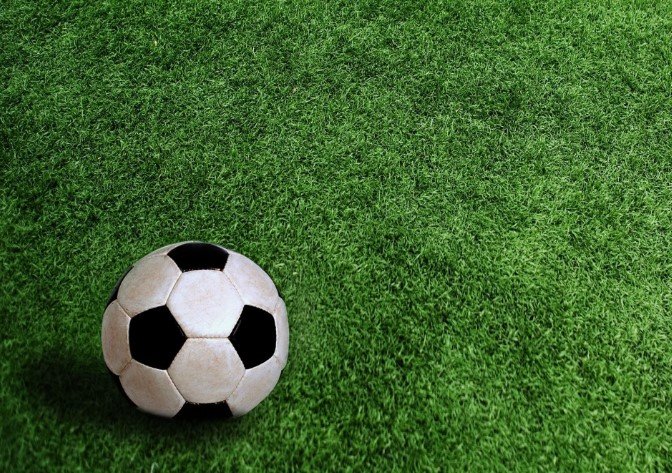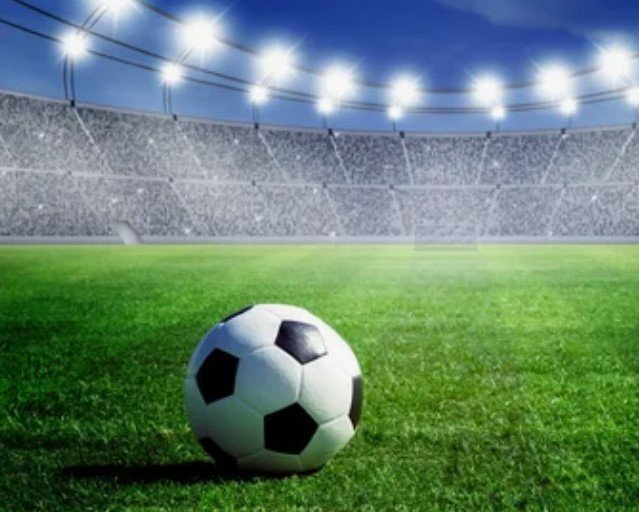Soccer field backgrounds are popular for wallpapers, with options like rectangular, stadium, and goal themes available. In Austin, Texas, you can find a variety of soccer field background options, including animated, PowerPoint, clipart, vector, night, vertical, and portrait designs.
These backgrounds often feature elements like a soccer ball, goalposts, and stadium lights, providing a dynamic and engaging aesthetic. Whether you prefer a cool, green, outdoor, or blurred soccer field background, there are plenty of choices to suit your style.
Additionally, you can explore various stock image websites like Adobe Stock, Bigstock Photo, Freepik, and Pexels for high-quality soccer field background options for your projects.
Soccer Field Background

Table of Contents
History of Soccer Fields
In the early days, soccer fields were irregular in shape and size, but over time, standardized dimensions were established.
Advancements in technology have revolutionized the way soccer fields are constructed, leading to better playing surfaces.
Components of A Soccer Field
A soccer field is rectangular and consists of various components such as a center circle, penalty area, and goalposts. The field is typically made of natural or artificial grass, and dimensions may vary depending on the level of play.
Soccer is a popular sport played all over the world, and a soccer field is the most important playing surface for the game. A soccer field is a rectangular field with specific dimensions and markings. In this section, we will discuss the components of a soccer field, including its dimensions, goalposts and nets, corner flags, penalty area, and spot.
Field Dimensions
The soccer field is a rectangular playing surface with a length of 100–130 yards and a width of 50–100 yards. The field is divided into two halves with a center line, and each half is further divided into a penalty area and a goal area. The penalty area is 44 yards wide and 18 yards long, while the goal area is 20 yards wide and 6 yards long. The halfway line and the penalty spot are also marked on the field.
Goalposts And Nets
The goalposts are located at each end of the field and are 8 yards apart. The posts are 8 feet high and 8 yards wide. A net is attached to the goalposts to catch the ball when it goes into the goal. The net must be securely fastened to the goalposts and the ground to prevent it from moving during the game.
Corner Flags
Corner flags are located at each corner of the field, and they mark the corners of the playing surface. These flags are used to indicate when a corner kick has been awarded to a team. The flags must be at least 5 feet high and made of flexible material to prevent injury to players.
Penalty Area And Spot
The penalty area is a rectangular box located in front of each goal. The penalty area is 18 yards long and 44 yards wide. The penalty spot is located 12 yards from the goal line and is used to take penalty kicks. Penalty kicks are awarded when a foul is committed by a defending player inside the penalty area. In conclusion, the components of a soccer field are essential for a successful game. Each element of the field has specific dimensions and markings to ensure fair play and safety for all players. Understanding the components of a soccer field can help players, coaches, and fans better appreciate the sport and its rules.
Types Of Soccer Fields
Soccer fields come in various types, each with its unique characteristics and advantages. Understanding the different types of soccer fields can help players and teams adapt their playing styles and strategies accordingly. Let’s explore the three main types of soccer fields: natural grass fields, artificial turf fields, and hybrid grass fields.
Natural Grass Fields
Natural grass fields are the traditional choice for soccer matches. The lush green surface provides excellent traction and natural cushioning, offering a more authentic playing experience. However, maintaining natural grass fields requires regular mowing, irrigation, and fertilization to keep the surface in optimal condition.
Artificial Turf Fields
Artificial turf fields have gained popularity due to their durability and low maintenance requirements. Made from synthetic materials, artificial turf provides a consistent playing surface regardless of weather conditions. The installation of artificial turf fields often involves infilling with rubber or sand to enhance shock absorption and stability.
Hybrid Grass Fields
Hybrid grass fields combine the benefits of natural grass and artificial turf. These fields feature natural grass reinforced with synthetic fibers to improve durability and resilience. Hybrid grass fields offer the aesthetic appeal of natural grass while providing enhanced resistance to wear and tear, making them suitable for high-traffic areas.

Maintenance Of Soccer Fields
Proper maintenance of soccer fields is essential to ensuring a safe and high-quality playing surface for athletes. From regular mowing and irrigation to pest and weed control, each aspect plays a crucial role in preserving the integrity of the field. Let’s delve into the key maintenance practices that contribute to the upkeep of soccer fields.
Regular Mowing And Irrigation
Regular mowing of the soccer field is vital to maintaining the appropriate grass height, which directly impacts the playability of the surface. Irrigation also plays a pivotal role in ensuring the grass receives adequate moisture to thrive and withstand the wear and tear of games and practices.
Aeration And Overseeding
Aeration helps in relieving soil compaction and promoting healthy root growth, while overseeding is essential for replenishing worn-out areas with new grass, ensuring uniform coverage and resilience.
Pest And Weed Control
Pest and weed control measures are crucial to prevent the invasion of damaging insects and unwanted vegetation that can compromise the integrity of the playing surface. Implementing effective control strategies is essential to maintaining a pristine soccer field.
Environmental Impact Of Soccer Fields
Soccer fields are an integral part of the sports community, providing a platform for athletes to showcase their skills and for fans to enjoy thrilling matches. However, the environmental impact of soccer fields cannot be overlooked. From water and chemical usage to sustainable practices, the environmental implications of maintaining these fields are significant and require careful consideration.
Water Usage
Water usage in maintaining soccer fields is a critical aspect that contributes to their environmental impact. The irrigation needs of these fields, especially in arid regions, can be substantial, leading to high water consumption. This not only strains local water resources but also adds to the overall environmental footprint of the facility.
Chemical Usage
Chemical usage on soccer fields, including pesticides, herbicides, and fertilizers, is a common practice to maintain the quality of the turf. However, the indiscriminate use of these chemicals can result in soil and water contamination, posing a threat to the surrounding ecosystem and biodiversity. Sustainable alternatives must be explored to minimize the adverse effects of chemical applications.
Sustainable Practices
Sustainable practices in soccer field maintenance are crucial for mitigating their environmental impact. Implementing measures such as efficient irrigation systems, organic turf management, and eco-friendly pest control can significantly reduce the ecological footprint of these facilities. Embracing sustainable practices is key to preserving the natural environment while enjoying the benefits of soccer fields.
Innovations in Soccer Field Technology
Revolutionizing soccer field technology enhances player performance and safety. Cutting-edge innovations like artificial turf and smart pitch systems optimize the gameplay experience. Advanced lighting solutions and drone technology elevate spectator engagement and broadcast quality.
Innovations in Soccer Field Technology Soccer field technology has seen remarkable advancements in recent years, revolutionizing the way the game is played and enhancing the overall experience for players and spectators. From hybrid grass systems to smart turf technology and LED lighting for night games, these innovations have significantly elevated the standard of soccer fields across the globe.
Hybrid Grass Systems
Hybrid grass systems combine natural grass with synthetic fibers to create a durable and resilient playing surface. The integration of synthetic fibers provides increased stability and resistance to wear and tear, resulting in a consistent playing surface that withstands heavy usage. This innovation has not only improved player performance but has also reduced the maintenance required for natural grass fields.

Smart Turf Technology
Smart turf technology incorporates sensors and data analytics to monitor and optimize the condition of the playing surface. These sensors measure factors such as temperature, moisture levels, and player impact, allowing groundsmen to make informed decisions regarding field maintenance and irrigation. By leveraging this technology, soccer field managers can ensure the pitch remains in optimal condition, reducing the risk of injuries and enhancing playability.
LED Lighting For Night Games
LED lighting has transformed the way night games are played, providing superior visibility and energy efficiency. These lighting systems offer customizable illumination levels, minimizing glare and shadows on the field. Additionally, LED technology consumes less energy and has a longer lifespan compared to traditional lighting, making it a sustainable and cost-effective solution for hosting night matches. In conclusion, the advancements in soccer field technology have not only elevated the quality of playing surfaces but have also contributed to the overall sustainability and accessibility of the sport. These innovations continue to shape the future of soccer fields, ensuring an enhanced experience for players and fans alike. Sources: Adobe Stock, Big Stock Photo, Freepik, iStock and Pexels
Famous Soccer Fields Around The World
Explore renowned soccer fields worldwide, from the iconic Camp Nou in Barcelona to the historic Maracanã Stadium in Rio de Janeiro. Witness the passion and energy of these legendary venues that have hosted memorable matches and unforgettable moments in the world of soccer.
Maracanã Stadium, Brazil
The Maracanã Stadium in Brazil is one of the most iconic soccer fields in the world. With a rich history and a seating capacity of over 78,000, it has hosted numerous historic matches and events, including the 1950 FIFA World Cup final. The stadium’s soccer field background drawing is renowned for its vibrant atmosphere and electrifying energy.
Old Trafford, England
Old Trafford, located in Manchester, England, is the home of Manchester United. This legendary stadium has witnessed countless memorable moments and is revered for its impeccable pitch and state-of-the-art facilities. The soccer field background cartoon of Old Trafford is synonymous with excellence and has been graced by some of the greatest footballers in history.
Camp Nou, Spain
Camp Nou, situated in Barcelona, Spain, is the colossal fortress of FC Barcelona. Boasting a seating capacity of over 99,000, it is the largest stadium in Europe. The soccer field background drawing at Camp Nou provides a breathtaking backdrop for intense football battles and has been the stage for remarkable displays of skill and passion.

Future Trends In Soccer Field Design
The world of soccer field design is constantly evolving, with new technologies and innovative ideas shaping the future of the game. From climate-adaptive fields to virtual reality training, the future of soccer field design is exciting and promising. Let’s take a look at some of the upcoming trends that are set to revolutionize the way soccer fields are designed and utilized.
Climate-adaptive Fields
Climate change is a pressing global issue, and its impact on sports facilities, including soccer fields, cannot be ignored. In response to this challenge, climate-adaptive fields are being developed to withstand extreme weather conditions, such as heavy rain or intense heat. These fields are designed with sustainable materials and drainage systems that can mitigate the effects of climate change, ensuring that games can be played in a safe and enjoyable environment, regardless of the weather.
Modular Field Systems
Modular field systems are set to revolutionize the way soccer fields are constructed and utilized. These systems utilize interlocking panels that can be easily assembled and disassembled, allowing for flexible field configurations and quick installation. This not only provides versatility in field design but also offers cost-effective solutions for various events and competitions held on soccer fields.
Virtual Reality Training Fields
As technology continues to advance, virtual reality (VR) is making its way into soccer field design. Virtual reality training fields are being developed to provide players with immersive training experiences, allowing them to practice and refine their skills in a simulated environment. This innovative approach to training offers realistic gameplay scenarios, enhanced decision-making skills, and in-depth performance analysis, ultimately elevating the standard of soccer training and player development.
Conclusion
Discover the beauty of soccer field backgrounds with captivating images and designs. From vibrant stadiums to serene outdoor settings, explore a variety of options for your projects. Whether you need a cool, aesthetic, or blurred backdrop, there’s a soccer field image to suit your needs.

